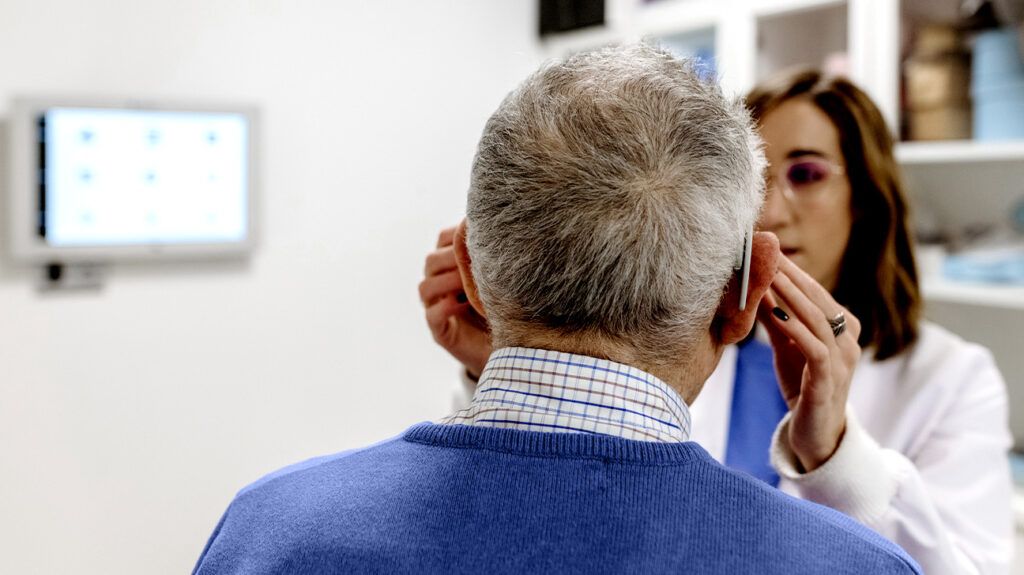Exercise as a Protective Measure Against Fatty Liver Disease via Bile Acid Metabolism

New research highlights how regular aerobic exercise boosts bile acid production, aiding in the prevention of fatty liver disease by enhancing cholesterol metabolism and liver health.
Research indicates that regular aerobic activity and high exercise capacity can help safeguard against metabolic related fatty liver disease (MASLD), commonly known as fatty liver disease, by enhancing the conversion of cholesterol into bile acids. A recent study published in the journal Function highlights that increased bile acid production is a key mechanism through which exercise influences liver health.
MASLD is characterized by excess fat accumulation in the liver and is associated with high cholesterol, Type 2 diabetes, obesity, and insulin resistance. If left unmanaged, it can progress to severe liver conditions and elevates cardiovascular risk. While the benefits of exercise in preventing and managing fatty liver are recognized, the underlying biological processes have remained partly unclear.
The study sheds light on this by proposing that exercise promotes the metabolism of bile acids—a critical pathway for cholesterol removal and fat digestion. Bile acids not only facilitate digestion but also send signals that improve the body's use of sugar and fat. By stimulating bile acid synthesis, physical activity boosts cholesterol clearance and activates metabolic signals that enhance food processing.
In experiments involving rats genetically predisposed to high or low exercise capacity, researchers observed that those with higher capacity exhibited increased liver bile acid production, greater excretion of bile acids in feces, and lower levels of bile acids in their blood compared to those with lower capacity. Additionally, when mice were provided with voluntary running wheels to simulate regular exercise, they showed similar benefits: increased bile acid production, higher fecal bile acid excretion, and resistance to fatty liver development.
Importantly, mice genetically unable to produce bile acids did not derive these benefits from exercise, indicating that bile acid synthesis is essential for the protective effects of physical activity. The findings demonstrate that aerobic exercise enhances bile acid synthesis, which is necessary to prevent fatty liver disease.
The researchers concluded that bile acid synthesis acts as a crucial mediator linking exercise capacity to liver health. This process may also influence overall metabolism, reducing long-term risks for Type 2 diabetes and MASLD. These insights suggest that therapies or interventions aimed at boosting bile acid production could be effective in combating fatty liver disease.
This study emphasizes the significance of maintaining regular physical activity to promote metabolic health and prevent liver-related conditions, underscoring the biological importance of bile acids in exercise-related liver protection.
Source: https://medicalxpress.com/news/2025-07-regular-fatty-liver-disease-bile.html
Stay Updated with Mia's Feed
Get the latest health & wellness insights delivered straight to your inbox.
Related Articles
Routine Eye Exams Could Detect Early Signs of Alzheimer’s Disease
Emerging research suggests that routine eye exams, focusing on the retina, could potentially help detect early signs of Alzheimer’s disease, paving the way for earlier diagnosis and intervention.
GD2 CAR T Cell Therapy Achieves Long-Lasting Remissions in High-Risk Neuroblastoma Patients
A pioneering study showcases how GD2-targeted CAR T cell therapy can induce long-lasting remissions in children with high-risk neuroblastoma, opening new avenues for treatment.
Analysis Reveals Poor Quality of Most-Viewed TikTok Videos on Inflammatory Bowel Disease
A study reveals that most highly viewed TikTok videos on inflammatory bowel disease lack medical accuracy, highlighting the need for healthcare professional engagement to improve content quality and patient education.
Advances in Remote Monitoring and AI for Heart Failure Management
A new AI program developed by Cedars-Sinai shows promise in reducing hospitalizations for heart failure patients through remote blood pressure monitoring and personalized treatment advice.



